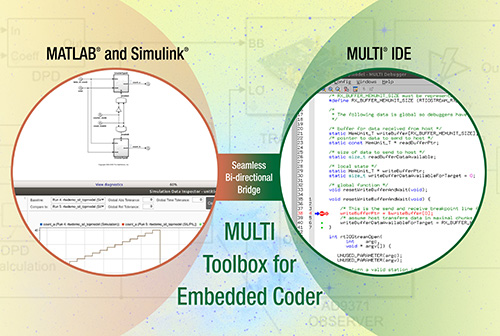
OPTIONS NOPAGE NUMDGT=6 UNITS=Degrees WIDTH=104 This produces the following: * Component Definitions There are multiple ways to input the simulation parameters, but my preferred method is with gspiceui. The 1 picoOhm resistor is required to ensure that the capacitor doesn’t produce unexpected errors. In order to demonstrate why I think that gEDA provides a good starting point for a GNU Octave-based Simulink-like solution, I shall use a simple example.įirst, I created a circuit schematic using gschem and went for a simple RC circuit with a 5 volt power supply. This last requirement has no easy solution and will mean manually writing the function library. Once the netlist is obtained, it then remains for it to be able to be interpreted by Octave via a function. Gschem already allows users to create custom circuit symbols and as it uses information light symbols, we can add Octave-specific information and still get the netlist via gnetlist. The modularity of the gEDA suite allows the possibility to co-opt some of its functionality to provide the first two requirements. There are three main requirements of a Simulink-like for Octave: firstly it has to have an intuitive user interface to allow for easy editing and good readability secondly the information contained in the block diagram need to be sent to Octave in a way that it can understand and finally, a library of blocks and corresponding functions. GNU Octave has powerful numerical tools, so hypothetically it is able to run simulations, but is impractical to do so as it would require the end user to write large new scripts for each simulation. Each of these programs have their own strengths and weaknesses but for an open source Simulink-like Scilab’s Xcos is the clear favorite at this time. The gEDA suite is a collection of compatible programs for electronic design and simulation it operates by producing a schematic with gschem and exporting it to ngspice via gnelist and gspiceui.Qucs is a circuit simulator, that whilst still a work in progress, is a good tool for many circuit based applications.Scilab is another Matlab analogue but unlike Octave it already has a Simulink like package Xcos.Here is a brief outline of the ones that I came across: There are a number of packages that offer open source Simulink-like functionality outside of Octave. Octave is of particular interest as it is made to be similar to Matlab, to allow for easy porting between them. GNU Octave is an open source Matlab alternative, however, it lacks a Simulink-like companion program. This tutorial has tried to give both type of examples where they differed in their syntax.Ĭonsider following example where MATLAB and Octave make use of different functions to get the area of a curve: f(x) = x 2 cos(x) for −4 ≤ x ≤ 9.I’m a mathematics graduate and for the past two weeks I’ve been an intern with Embecosm, charged with looking into open source alternatives to Matlab and Simulink, particularly for silicon chip modeling. Though all the core functionality of MATLAB is available in Octave, there are some functionality for example, Differential & Integration Calculus, which does not match exactly in both the languages. When you run the file, MATLAB displays the following 3-D map − Non-compatible Examples
SIMULINK LIKE SOFTWARE GNU OCTAVE CODE
Create a script file and type the following code − This example creates a 3D surface map for the function g = xe -(x 2 + y 2). Let's try following example in MATLAB and Octave which produces same result without any syntax changes − Compatible ExamplesĪlmost all the examples covered in this tutorial are compatible with MATLAB as well as Octave. If you are looking for a tutorial on Octave, then kindly go through this tutorial from beginning which covers both MATLAB as well as Octave. Most MATLAB programs run in Octave, but some of the Octave programs may not run in MATLAB because, Octave allows some syntax that MATLAB does not.įor example, MATLAB supports single quotes only, but Octave supports both single and double quotes for defining strings.
SIMULINK LIKE SOFTWARE GNU OCTAVE SOFTWARE
You may redistribute it and/or modify it under the terms of the GNU General Public License (GPL) as published by the Free Software Foundation. GNU Octave is also freely redistributable software. it has built-in math functions and libraries.



 0 kommentar(er)
0 kommentar(er)
